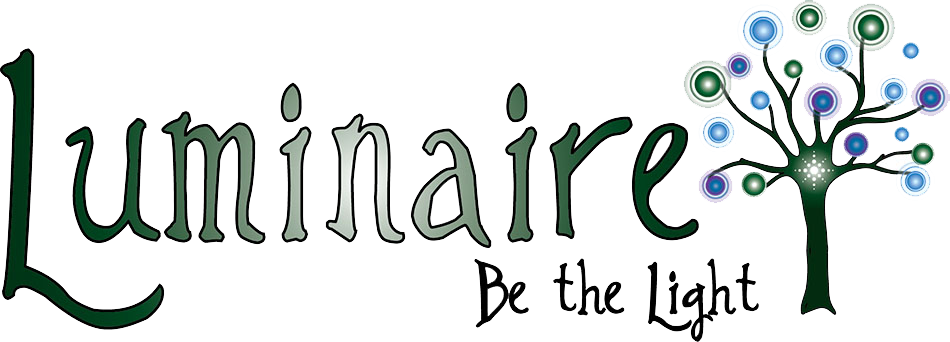This chapter is sort of an integrated sequel to Sounds and Brute Neighbors, set in winter.
Winter animals Thoreau would see or hear included fox and their persistent hounds, owl, squirrel, blue jay, chicadee, mice, partridge, wild cat, and rabbit. Deer, bear, and moose were rare, having been over-hunted. Remember the surrounding forests had been heavily harvested by Thoreau’s time. Their restoration has also helped replenish animal populations.
Thoreau mentions “the quite familiar” squirrels running over his shoes. Here is an account from a visitor one day.
He was talking to Mr. Alcott of the wild flowers in Walden woods when, suddenly stopping, he said: “Keep very still and I will show you my family.” Stepping quickly outside the cabin door, he gave a low and curious whistle; immediately a woodchuck came running towards him from a nearby burrow. With varying note, yet still low and strange, a pair of gray squirrels were summoned and approached him fearlessly. With still another note several birds, including two crows, flew towards him, one of the crows nestling upon his shoulder…..He fed them all from his hand, taking food from his pocket, and petted them gently…and then dismissed them by different whistling, always strange and low and short, each little wild thing departing instantly at hearing its special signal.
So, yes, another chapter on animals and their behaviors. We can perhaps appreciate it from someone who closely observed and admired them.
What is a country without rabbits and partridges? They are among the most simple and indigenous animal products; ancient and venerable families known to antiquity as to modern times; of the very hue and substance of Nature….
References
Cramer, Jeffery. Walden, A Fully Annotated Edition. New Haven: Yale University Press. 2004.
Willis, Frederick Llewellyn Hovey. Alcott Memoirs. qtd. in Cramer p. 148.
